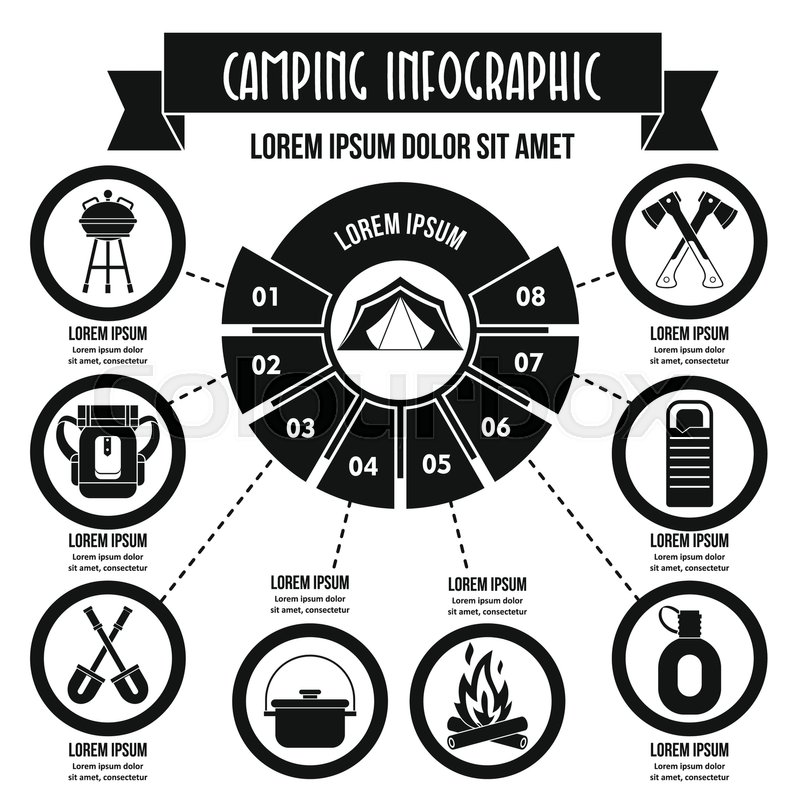The rain fly is a necessary part of your tent, shielding it from rain, wind and extreme sunshine. Whether you pick a spacious multi-room tent or lightweight backpacking camping tent, you'll discover that a high quality rainfly improves your outside experiences.
Seek a rainfly with long lasting materials and a high waterproof rating. Take into consideration the weight and packability of a rainfly when picking it for backpacking trips.
Sleeping Outdoor tents
A rainfly supplies additional protection for your outdoor tents from unforeseen showers. Its style deflects rainfall and snow and assists prevent water from pooling on the top of your outdoor tents. This can cause the material to droop and cave, resulting in leakages.
Modern rainfly textiles include polyurethane or silicone finishes to offer outstanding waterproofing. Many likewise include secured seams to avoid water from dripping via stitching. Some even have reflective spots to aid you locate your tent in low-light conditions.
Pick a rainfly that mirrors the climate and camping problems you run into most frequently. For instance, desert campers require a rainfall fly that obstructs wind and UV rays. Backpackers should think about ultralight rainfall flies to decrease pack weight without compromising protection. Search for flexible add-on factors that permit you to change the tension on the fly to guarantee that it is tight and located effectively to prevent leaks. A well-positioned rainfly can also control temperature and minimize condensation inside the outdoor tents.
Tarpaulin
Tarpaulins are versatile pieces of camping gear, and a tarp shelter can be one of the most comfy choices for camp. Along with having the ability to be set up in countless means, tarps also tend to require less gear than tents and are much lighter in weight.
A major advantage to tarp shelters is that they allow for sufficient ventilation. While this can be a drawback for some campers, who might prefer to have a more enclosed space, it is an important factor in keeping occupants from overheating and decreasing the buildup of condensation that can endanger the textile.
Similar to various other arrangements, when establishing a tarpaulin sanctuary, make certain the ridge line is set up at an angle to assist direct rain and snow away from the sanctuary. An excellent ridgeline can additionally maintain wind from blowing the tarp around. Guarantee the tarp is secured properly with appropriate tying strategies, such as a prusik knot (or gliding knot), at elevations that produce adequate head room and are not a tripping threat, and incline the tarpaulin properly for drainage.
Coverage
A rainfly is one of one of the most crucial pieces of camping equipment to prompt any kind of journey. It safeguards your tent from weather that can promptly alter, enabling you to stay comfy and appreciate your wilderness adventures.
Modern rainfall fly styles provide more than simply water-proof security. Some have built-in photovoltaic panels to assist you keep charged on the move, while others have adjustable vents for airflow eco-friendly to minimize condensation accumulation. Selecting a rainfly that fits your needs and choices is vital for the overall experience.
Seek light-weight materials, such as nylon or polyester, and polyurethane coatings to enhance water resistance. Likewise consider the rainfly's head hydrostatic stress score, which aids you assess its capacity to endure rains and wind. Remember that rain flies typically need to be cleaned after each usage, considering that dirt can endure the water resistant layer. It's best to tidy and store it in a trendy, completely dry place to stay clear of mold and mildew.
Sanctuary
A rainfly is an important tool for your hammock, safeguarding you from the elements and making certain that you can sleep comfortably. When choosing a rainfly, consider the environment and conditions in which you'll be outdoor camping. For example, exotic environments may need a rain fly that has high humidity and UV protection. Various other factors to consider consist of textile kind and weight. Search for options that are lightweight and made from durable products that stand up to abrasions and spots.
If you don't have a rain fly, you can create a makeshift sanctuary making use of a tarpaulin. Nevertheless, it's best to establish your rainfall security first before putting up the remainder of your camping tent. This guarantees that you can quickly and easily enter and out of your hammock in case of a sudden tornado or adjustment in weather condition. Also, make sure that your rainfall fly is appropriately anchored to prevent waving in the wind. Bear in mind that rain flies and pest internet should be cleansed on a regular basis to prevent mud, mildew and mold and mildew from developing over time.
